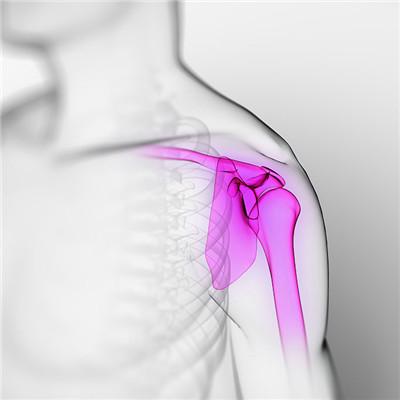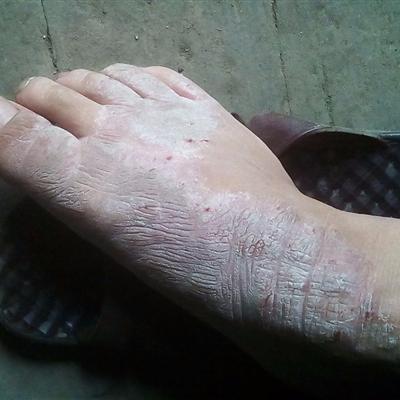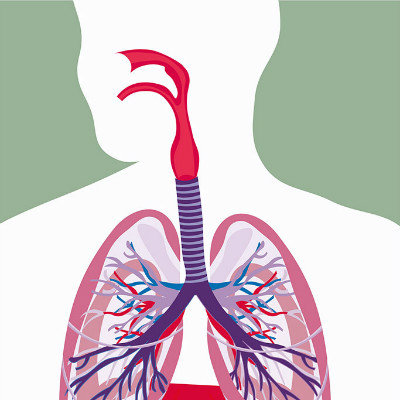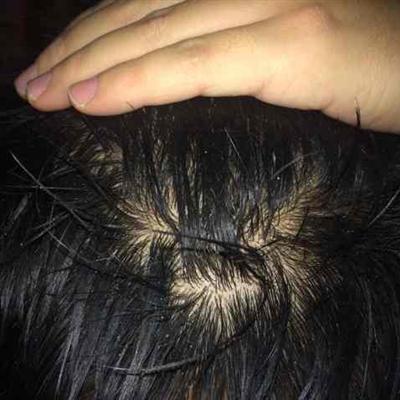What causes torsion of ovarian cyst pedicle?
summary
What is torsion of ovarian cyst pedicle? Pedicle torsion is one of the most common gynecological acute abdomen. About 10% of ovarian tumors may have pedicle torsion. So, what symptom does ovarian cyst pedicle twist have?
What causes torsion of ovarian cyst pedicle?
1. Pedicle torsion is one of the most common gynecological acute abdomen. About 10% of ovarian tumors may have pedicle torsion. See the section of ovarian cyst torsion for details. Once pedicle torsion is diagnosed, laparotomy or laparoscopy should be performed immediately. Malignant ovarian tumors usually have no symptoms in the early stage of malignant transformation and are not easy to be detected early; If the tumor grows rapidly, especially bilateral ovarian tumor, it should be suspected of malignant transformation. If ascites and emaciation appear, the disease is advanced. Therefore, once diagnosed as ovarian tumor, even benign, should also be early surgery.
2. The rupture rate of ruptured ovarian tumor is about 3%, which can be caused by natural rupture or trauma. Spontaneous rupture is due to the rapid growth of tumor, most of which are invasive growth of malignant tumor and break through the capsule wall; After tumor torsion or tumor necrosis, rupture may also occur. Traumatic rupture is due to abdominal hit or squeeze, delivery, sexual intercourse, gynecological examination and cyst puncture and other reasons. The severity of the symptoms after rupture depends on the nature of the cyst and the amount of cystic fluid flowing into the abdominal cavity. When small cysts or simple serous cystadenomas rupture, only mild abdominal pain will be caused; Rupture of large cyst, mature cystic teratoma, endometriosis cyst and other cysts with large irritant cystic fluid can often cause severe abdominal pain, nausea and vomiting. In severe cases, it can cause intraperitoneal hemorrhage, peritonitis and shock. If rupture of tumor is suspected, laparotomy should be performed immediately.
3. Infection of ovarian tumor is not common. Infection occurs only when the tumor is twisted or ruptured and adheres to the surrounding intestinal tract due to the stimulation of the large cystic fluid. In addition, the spread of adjacent organs such as appendiceal abscess can also cause tumor infection. The main manifestations of tumor complicated with infection are peritonitis, such as high fever, abdominal pain, mass tenderness and high white blood cell count. Antibiotics can be used to control the infection, and then the tumor can be removed. If the infection can not be controlled in a short time, the operation should be carried out in time.
matters needing attention
Pedicle torsion is a common gynecological acute abdomen. About 10% of ovarian tumors complicated with pedicle torsion. The tumors with long pedicle, medium size, good range of motion and one side center of gravity (such as teratoma) are more common. Pedicle torsion often occurs when the patient suddenly changes position, or changes the size and position of uterus during pregnancy and puerperium. Once pedicle torsion is diagnosed, laparotomy should be performed as soon as possible.















